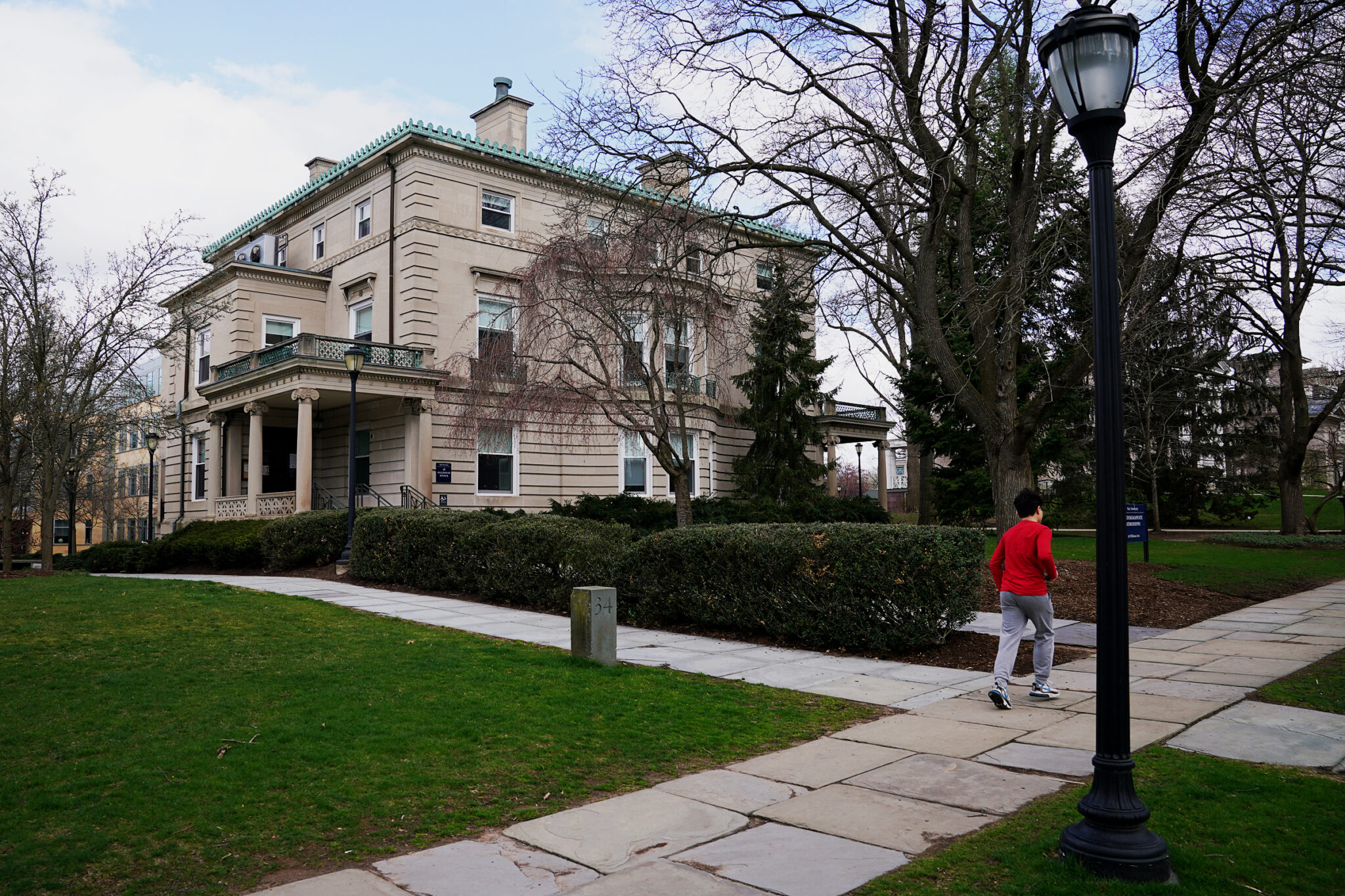How Yale’s admissions office will use racial demographic data post-affirmative action
After the repeal of affirmative action, the admissions office can no longer see individual or aggregate racial data during the admissions process, but the University can still use data that students choose to provide on their applications.

Tim Tai, Senior Photographer
In the wake of the Supreme Court’s June decision to strike down affirmative action, University administrators are discussing how they will receive and use racial demographic data from admitted students.
Before the Supreme Court declared race-conscious admissions unconstitutional, questions about self-identified race were optional on the Common Application, following the U.S. Census Bureau’s format. While these questions were always optional, in the past, admissions officers had access to applicants’ responses, if applicants chose to respond.
Starting this year, while applicants can still answer the same optional question on the Common Application, their responses self-reporting race or ethnicity will not be accessible by admissions officers involved in the selection process, according to Mark Dunn ’07, the senior associate director for outreach and recruitment at the Office of Undergraduate Admissions.
“Moving forward, the self-reported race and ethnicity data that applicants provide when completing their applications will not be accessible at the individual or aggregate level to anyone involved in the undergraduate admissions selection process until the selection process is complete,” Dunn wrote in an email to the News.
Dean of Yale College Pericles Lewis said that Yale can then acquire racial demographic data through student’s applications after the selection process concludes.
Thee data, he said, are primarily used to inform cultural center operations and an annual factsheet that the University commissions.
“We want to be able to be aware of and monitor the changing composition of the student body, but legally we can’t use it in decisions about an individual admissions case,” Lewis told the News.
Each year, after a matriculating first-year class is enrolled, the admissions office releases a “First-Year Class Profile” outlining quantitative and qualitative information about the new class. The racial demographic data included in this profile is informed by students’ self-identified race on their applications, according to Dunn.
On the Yale College Class of 2027 First-Year Class Profile, under the “background” header, the racial makeup of the class is displayed. According to the profile, 14 percent of the class of 2027 identifies as African American, 30 percent identifies as Asian American, 3 percent identifies as Native American, 18 percent identifies as Hispanic or Latino — a record high — and 42 percent identifies as white.
The reason these percentages do not add up to 100 is both because students who opted not to answer the optional race question in their application were not represented in the data and because some students indicated two or more races, according to Dunn.
“There are some legal requirements for [reporting racial demographic data],” Lewis said. “I don’t know if they’re specific to college, but in general, the government does require us to track some information about race to demonstrate that we’re providing equal opportunity.”
Lewis said that he finds it to be a “paradoxical situation” that the Supreme Court ruled out affirmative action while other branches of government still require colleges to track racial demographics.
According to the National Center for Education Statistics, institutions are required to give students and staff the opportunity to self-report their race and ethnicity but students and staff are not required to respond.
Timeica E. Bethel-Macaire ’11, dean of the Afro-American Cultural Center, told the News that the Af-Am House has historically received lists of admitted students who self-identified as Black on their Yale applications from the admissions office. With that information, Bethel said that the Af-Am House has then sent emails to those students including welcome letters, as well as information about requesting a peer liaison.
“The lists help us tremendously by enabling us to reach all Black-identifying students, regardless of where they are from and what Camp Yale Program they attend during orientation,” Bethel said.
Bethel added that even before the Court struck down affirmative action, students who did not self-identify their race on their admissions application were not put on the Af-Am House’s mailing list and missed events run by the cultural center throughout their time at Yale.
The Asian American Cultural Center’s new Middle Eastern North African peer liaisons spoke with the News last month about difficulties with the system for keeping track of racial demographics. They noted that the options on college application platforms, which follow the U.S. Census, do not include MENA as an option.
Bethel said that an opt-in method for cultural centers, similar to how the Office of LGBTQ Resources reaches students, could mean that fewer students hear from cultural centers.
“I fear that going back to an opt-in method would lead to a decrease in engagement and more students missing information that could be helpful during their Yale journeys,” Bethel said.
Students for Fair Admissions v. Harvard, the case that reversed affirmative action, was decided on June 29, 2023.







